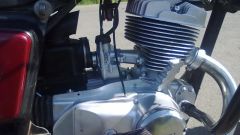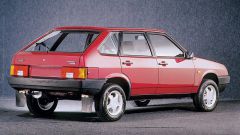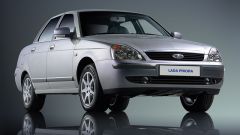Balancing is the proper distribution of mass of the wheel about its centre, namely the proper balancing will reduce vibration to the minimum. Poor balancing can lead to some consequences:
• Improper balancing brings to the suspension device an additional burden, which ultimately may lead to more rapid wear of the bearing nodes, first and foremost, of course, suffer the bearings in the hub, plus may develop unpredictable threat of structural failure and even loss of the wheel during movement.
• Vibration of the wheel can lead to worse road grip and in addition a more difficult handling, and increased braking distance, all these factors increase the danger of driving.
• Poor balancing of wheels leads to faster wear of the tire.
• Do the balancing in the first place, if the wheel starts to "beat"!
What is the wheel imbalance?
Balance is the different location of the axes of rotation of the wheels and inertia. There is static and dynamic imbalance. Static imbalance occurs when the axis of rotation becomes parallel with the axis of inertia, which in turn leads to the fact that the centre of gravity is on the other axis, during torsion, it is possible to notice how the wheel rotates the pendulum type and quite a long time, usually leads to stop.
Dynamic balance is when the center of gravity converges with the axis of rotation, which in turn leads to the fact that the axis of inertia differs from the axis of rotation, and even crosses it at a special angle. Dynamic unbalance can be determined by conventional torsion wheel when the vehicle is in a raised position.
Quality wheel balancing
1. If the wheel is dirty then first clean it and repel chunks of dirt to balance the wheel without errors.
2. Before balancing, explore and identify the place where the wheels are hitting more, that is remember and radial and lateral imbalance.






